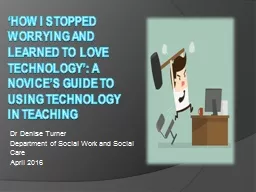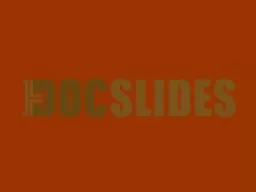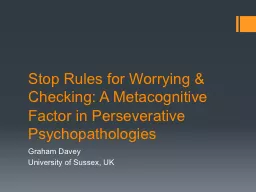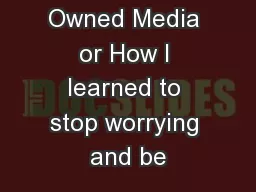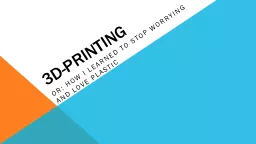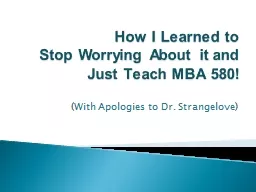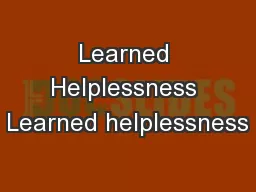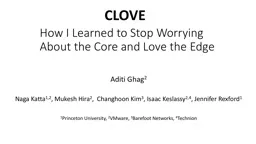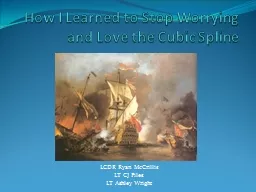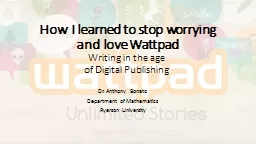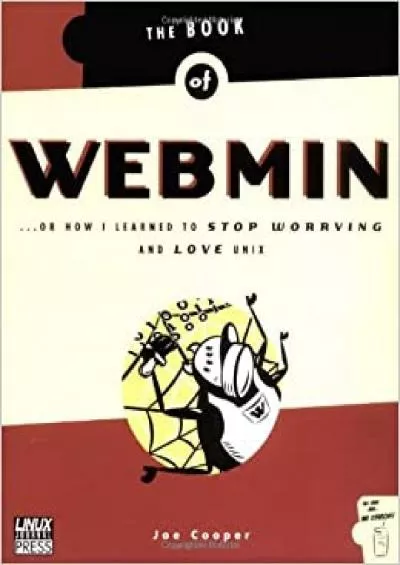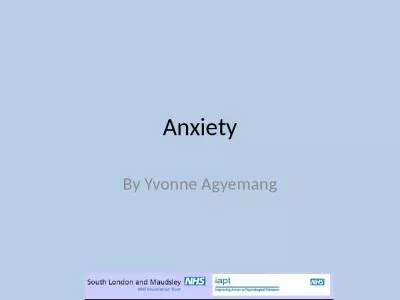PPT-‘How I stopped worrying and learned to love technology’
Author : ellena-manuel | Published Date : 2017-03-22
Dr Denise Turner Department of Social Work and Social Care April 2016 What this talk is NOT about Becoming highly proficient at using technology Advice from an Expert
Presentation Embed Code
Download Presentation
Download Presentation The PPT/PDF document "‘How I stopped worrying and learned to..." is the property of its rightful owner. Permission is granted to download and print the materials on this website for personal, non-commercial use only, and to display it on your personal computer provided you do not modify the materials and that you retain all copyright notices contained in the materials. By downloading content from our website, you accept the terms of this agreement.
‘How I stopped worrying and learned to love technology’: Transcript
Download Rules Of Document
"‘How I stopped worrying and learned to love technology’"The content belongs to its owner. You may download and print it for personal use, without modification, and keep all copyright notices. By downloading, you agree to these terms.
Related Documents

